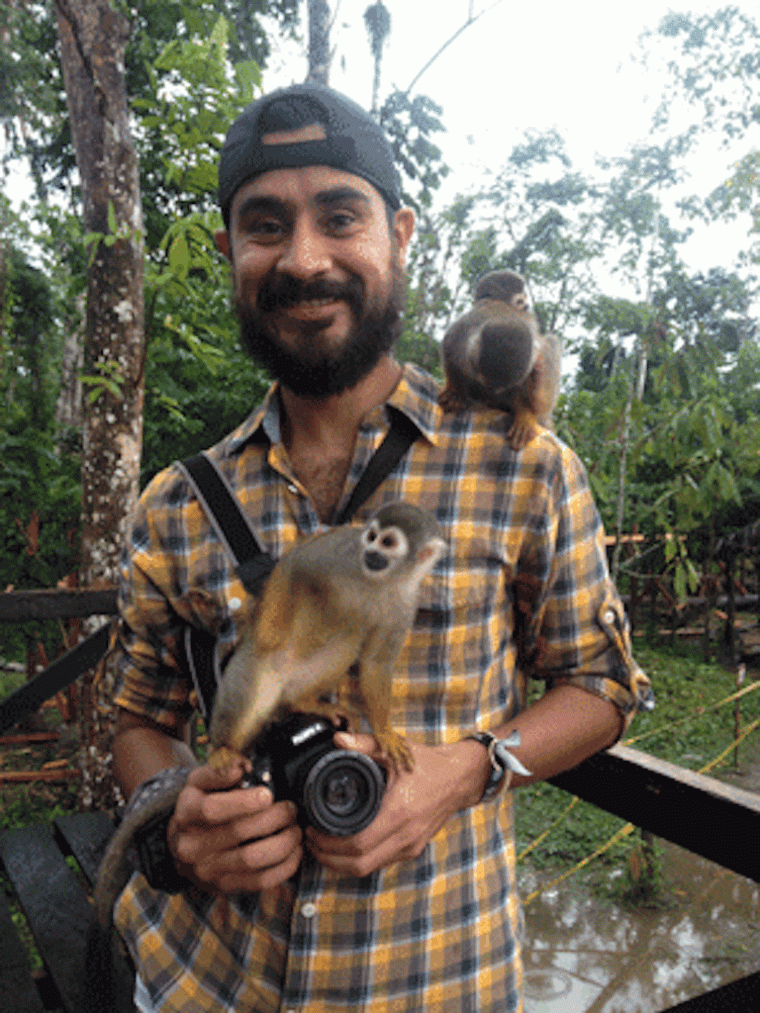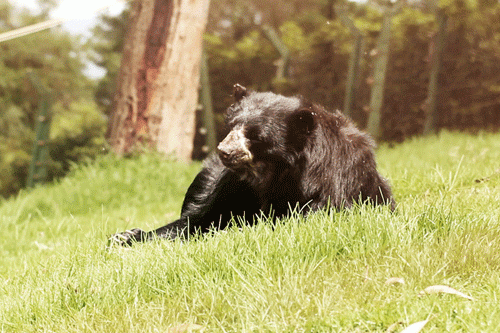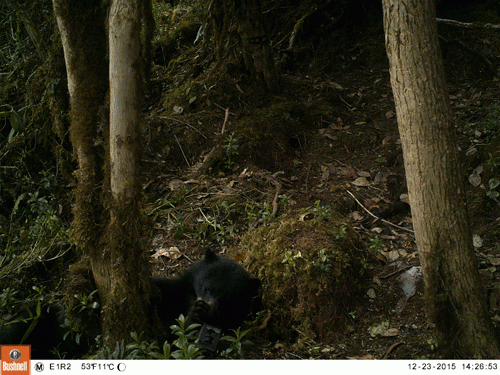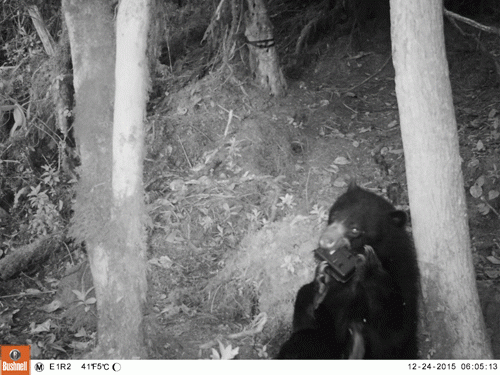Ivan Mauricio Vela-Vargas
Past Graduate Student

-
ENR2
1064 E Lowell St
Tucson, AZ 85719
Current status, habitat use, and variables that influence human-bear conflict in Andean bears in Colombia
Located in the northernmost Andes, Colombia has a unique combination of natural conditions as the Andes split into 3 ranges that results in a complex combination of ecosystems and great biodiversity. High Andean forests and Paramos are the most biodiverse ecosystems in the world, yet are also where most of the human population in Colombia live. These areas are also the main habitat for the most unique bear species, the Andean bear (Tremarctos ornatus).
Given the high degradation of most Andean ecosystems, the habitat and natural range of the Andean Bear has been severely fragmented and disturbed by human activities. Severe threats such as habitat loss, hunting, and human-bear conflicts are threats to the species across its distribution, and are especially relevant for the Chingaza massif, considered the most important stronghold for bear conservation in Colombia.
The loss of natural habitats and hunting pressure are especially evident in Chingaza Massif and its National Natural Park (Chingaza National Natural Park), where within the protected 76600 ha, Andean bear occupancy has increased 100% in the last few years, where > 33 individuals have been identified. As presence of bears increases and habitat declines, conflicts with human settlements increase concomitantly, mostly near park boundaries. Conflict often translates into retaliation hunting of bears, promoted by landscape features, management practices, and hunting.
My project is focused on three major questions that are:
1. Which is the real availability and the status of the natural habitats used by Andean bears in the Chingaza Massif and the east Cordillera of Colombia?
2. How do biotic and abiotic variables affect the movement and habitat use of Andean Bears in the Chingaza National Natural Park and its buffer zones?
3. What variables are enhancing human – bear conflicts in the Chingaza Masiff.
Personal Background:
Mauricio has worked in mammalian ecology and reproductive biology in agricultural landscapes in Colombia. His experience is focused on the effect of agricultural landscapes in species and community ecology and in seeking strategies to improve landscape planning. He is part of the Colombian Mammalogy board.





